I’m going to own up to it now, to pre-emptively caveat this Olympus mju-V review. I am one of the dreaded Millenials (or even Generation Z, depending where you draw the line) that are a significant part of the herd-like hipsters; hipsters that have inconsiderately driven up the price of old point and shoot film cameras.
Whilst I would never describe myself as a hipster, I’ll admit I probably have quite a lot in common with many of them when it comes to film photography:
- My knowledge of things like aperture, exposure etc. is basic;
- Auto-focus is a must. The idea of having to manually focus all my shots is vaguely terrifying;
- How the camera looks and feels is probably slightly more important than it should be.
With that out of the way, I’ll get to ‘reviewing’, in a loose sense, the last hurrah of the film-era Olympus µ / mju cameras.
The Olympus µ[mju:]-V (or for ease of typing the Olympus mju-V), known as the Stylus Select 105 in the US, was released in 2002, and so helpfully there is quite a lot of information about it on the Olympus website. See here for the press release, which also has a link to the camera’s full specs.
The Olympus mju-V was apparently the world’s smallest 3x zoom camera for 35mm film, with a 38-105mm lens, and a metal, but also weatherproof body. It is the ‘premium’ model of the mju range, perhaps the last stand against the onslaught of compact digital cameras. I would be quite interested to know how it was priced at release, but haven’t managed to find out.
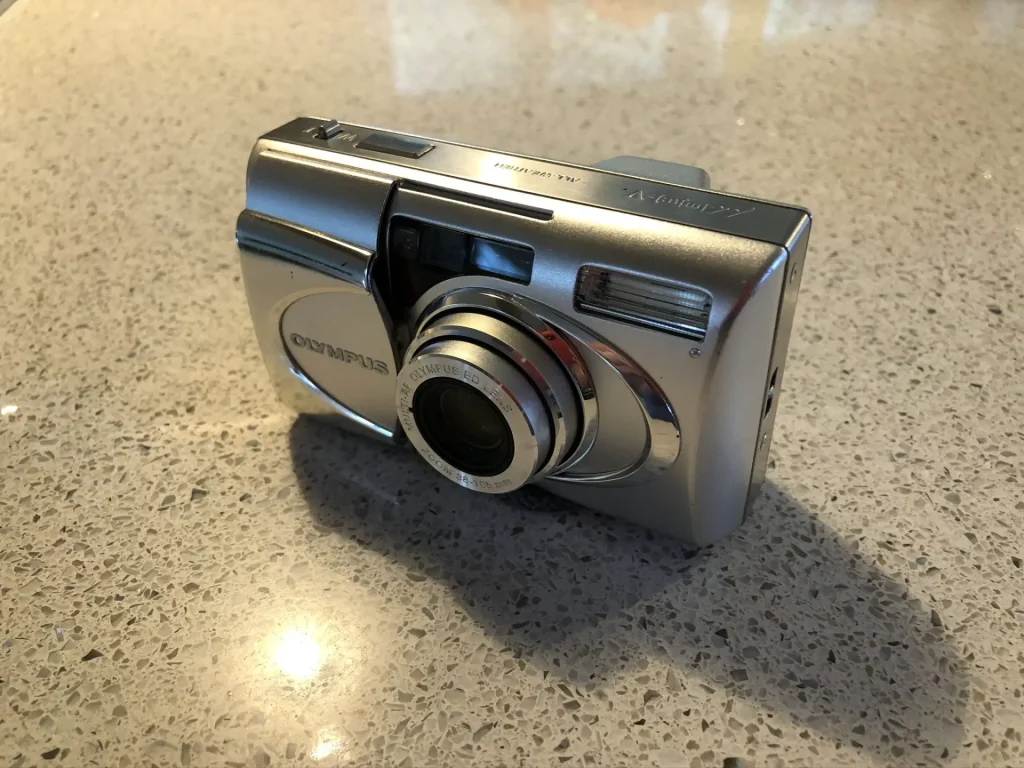
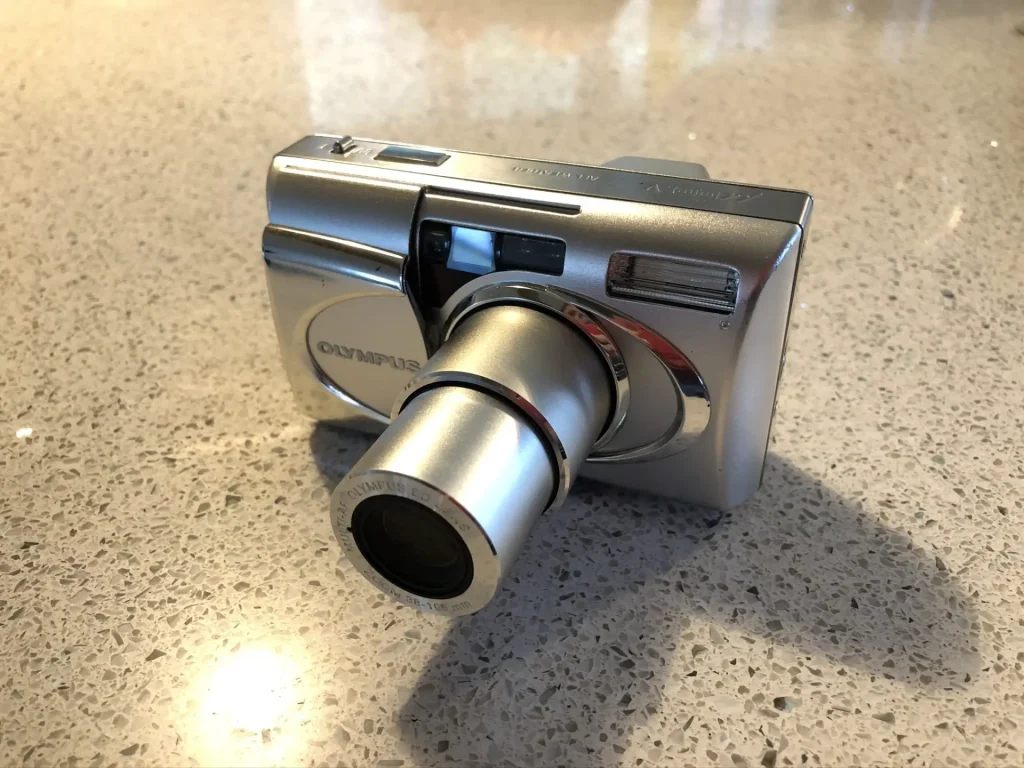
The How and Why
How did I end up with this Olympus mju-V camera? I can’t remember exactly what it was that piqued my interest in film photography a year and a half ago. I think the seed was planted at school, 10 years earlier, when I miraculously got one of the hotly-contested places in the photography club. We were sent off round school grounds with a SLR – no idea of make or model – to take pictures.
We developed them in the darkroom, and could each choose one shot to enlarge ourselves. While most of the details are now foggy, I do remember the surprise and elation as my print revealed itself in a soft reverse-fade. I was impressed by it, but not in a self-congratulating way. And these were the feelings I rediscovered more recently looking through the prints and scans of my newly developed films.
It is not that the photos are impressive or astounding in and of themselves, or that I am an impressive photographer. I do have a rudimentary understanding of the science behind film photography, but the photos produced still strike me as somehow magical. And that is a feeling I don’t want to lose. Although I could, with some time and research, teach myself much more about exposure, aperture, and use a camera with manual focus, it all seems too much like hard work. The magic of film, for me, in part comes from my ‘uninvolvement’ in taking the photos. Writing and drawing are processes I get heavily involved with, as I chase after an image or a sound in a futile struggle to pin it down. Taking photos with a film camera, the only vague idea I have of how it might look comes from the viewfinder, and that quickly fades. When I open up my prints or scans, it’s the surprise of seeing these half-forgotten moments.
My skill, or rather lack of it, doesn’t really come into the appreciation of the end result. And that, I think, is why I was drawn back to film photography, and why I decided a compact point & shoot camera would preserve that sense of magic. With a camera that decides nearly everything for me, hopefully I wouldn’t get bogged down taking photos. It could remain a light-hearted outlet for my creativity, instead of joining drawing and writing, which are often more frustrating than satisfying.
My quest for a compact point & shoot film camera started with the usual articles listing the ‘best’. I was immediately drawn to the classy, and classic looks of the Nikon 35ti, the Contax Ts, the Fuji Klasse, but not remotely tempted by the black plastic housing of the Yashica T series. However, even just over a year ago, when I think these cameras were significantly less than today, they were out of my price range. The Olympus mju range was frequently mentioned as a good value alternative, but it was still a lot of money for a plastic 90s camera. And so, the hunt for a bargain began. After some trawling, I came across a mention of the metal bodied Olympus mju-V.
I couldn’t find any reviews, and settled for searching Instagram and the Lomography site for examples of photos. Eventually I decided to take the plunge, and found one for a reasonable price (around £30 plus P&P) on our favourite auction site. Even this seemed like an extravagant outlay for a camera that might be broken.
The Olympus mju-V in Use
The Olympus mju-V feels solid in the hand, but not too heavy, and it is a neat size. The shiny reflective metal reminds me of the touches of chrome on classic cars. The shutter button is a good size, and responsive without being over-eager (not that I have anything to compare it to). I suspect some people might prefer slightly more differentiation between the half and full press.
The buttons for changing the shooting and flash modes are a little fiddly, and press down spongily rather than with a click. The LCD screen is a good size and shows the number of exposures, and the modes you’ve set. However, it is not backlit and can be hard to read in bright sunlight. The Olympus mju-V, like the rest of the range also requires you to turn the flash off every time the camera is turned on if you’re inclined that way. And I often am, because the flash is on the keen side, and when it does go off, it’s incandescent.
However, oddly enough, if you put the flash in red eye reduction mode, the camera will remember this when turned off. The viewfinder is a bit pokey, but bright and clear once you get your eye lined up. I like the sliding lens cover to turn the camera on and off, although sometimes I forget to shut it all the way as you have to wait for the zoom to retract. It has a good few flash modes, an infinity focus mode, spot metering and a +1.5ev backlight compensation mode. In terms of noise, I think the shutter click and film wind on are fine – definitely audible but not deafening. The zoom has a distinctive whirring sound, so not suitable for stealth shots, but not obnoxiously loud.
Despite having the camera since summer of 2019, I’m only now shooting my 3rd roll. University and that sort of thing got in the way. So far, I’ve only shot Kodak UltraMax 400, and Fuji Superia Xtra 400. Next on the list is a lower ISO film and some black and white.
Results from the Olympus mju-V
And finally to the important part of the review, the photos. I will forewarn you about the dog-heavy content. They were my most willing subjects when trying to get through the test roll!
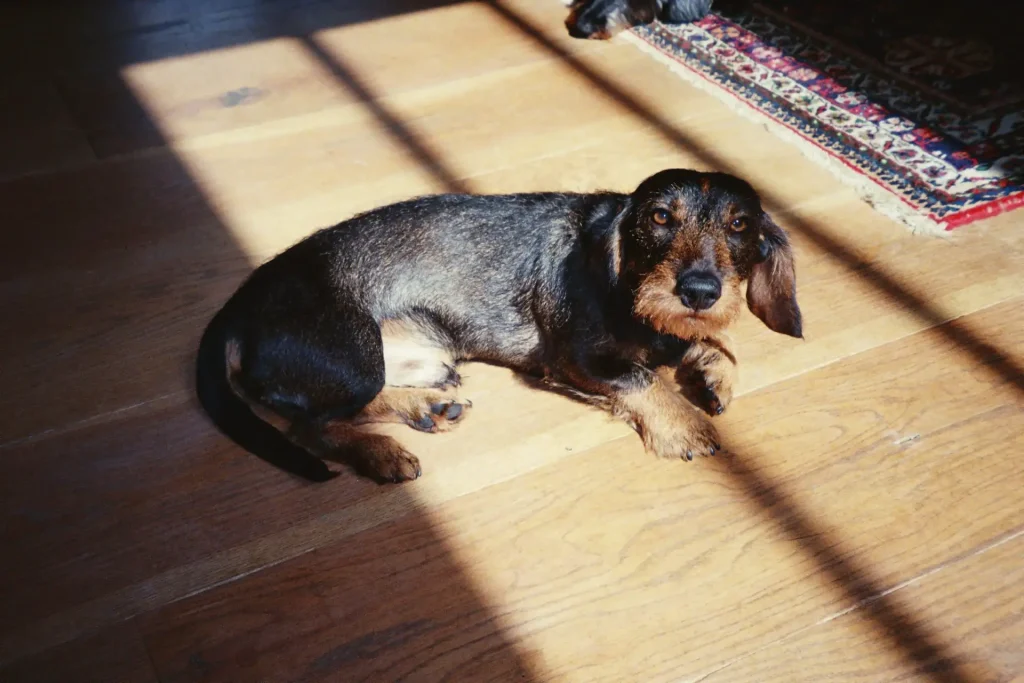
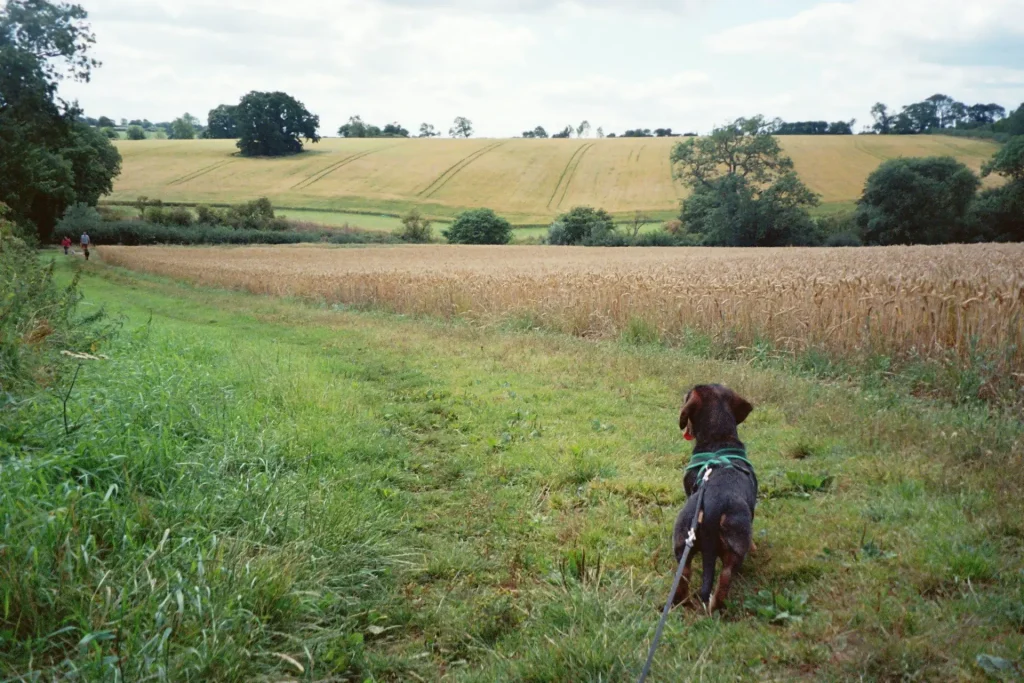
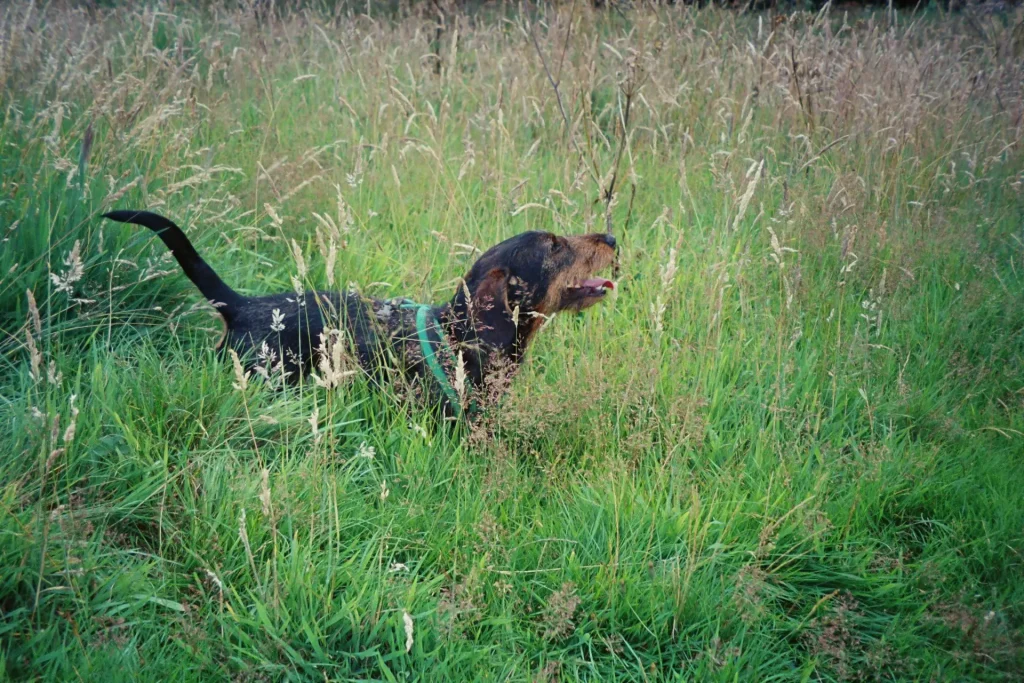


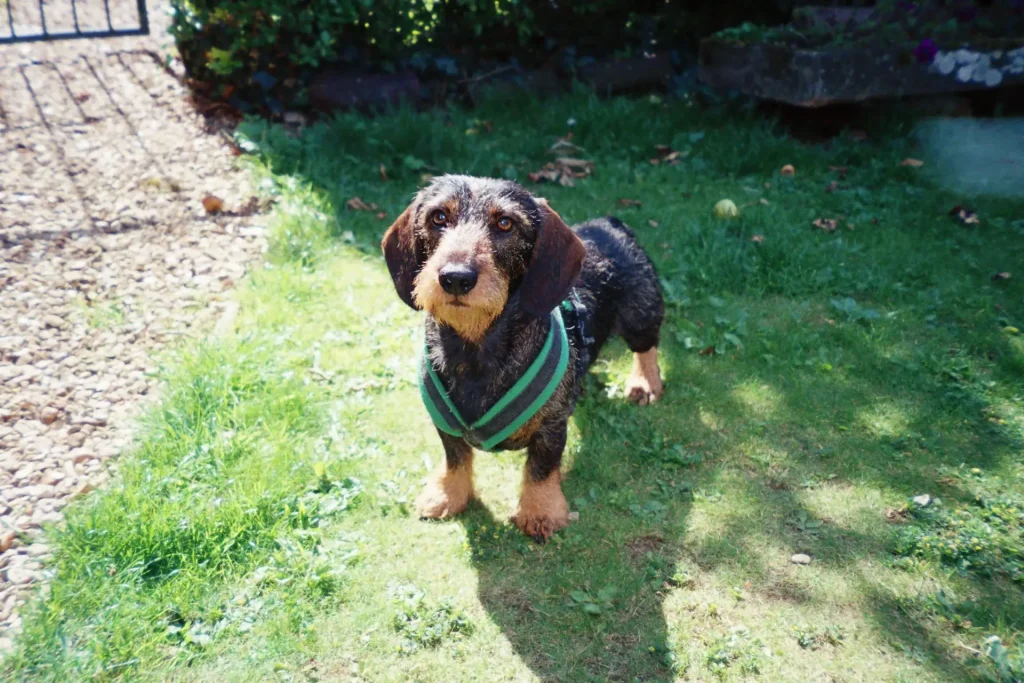
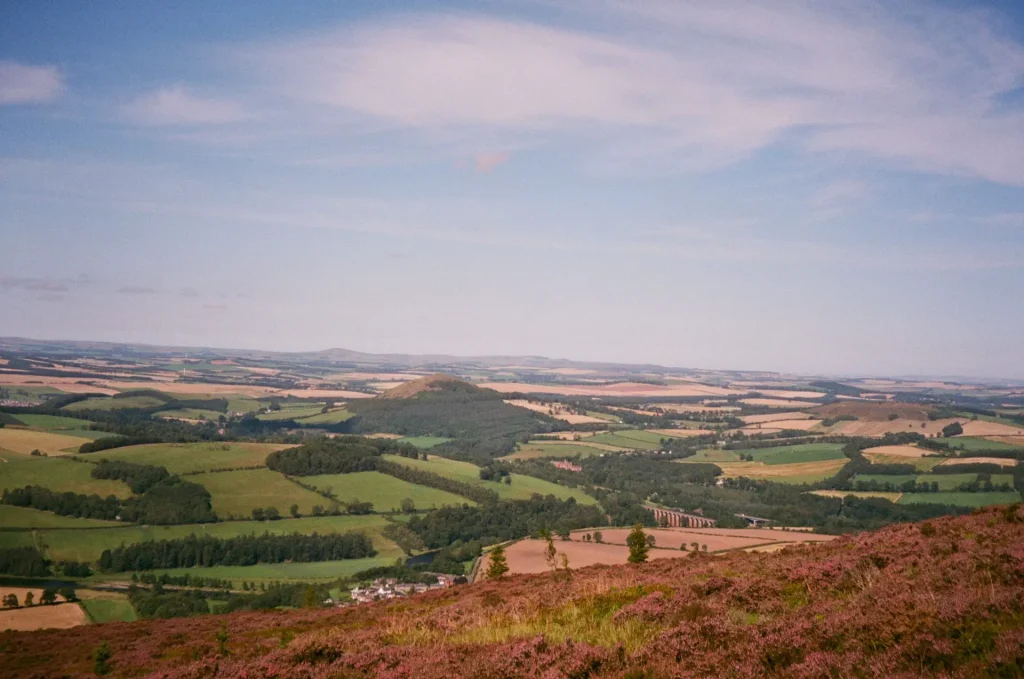
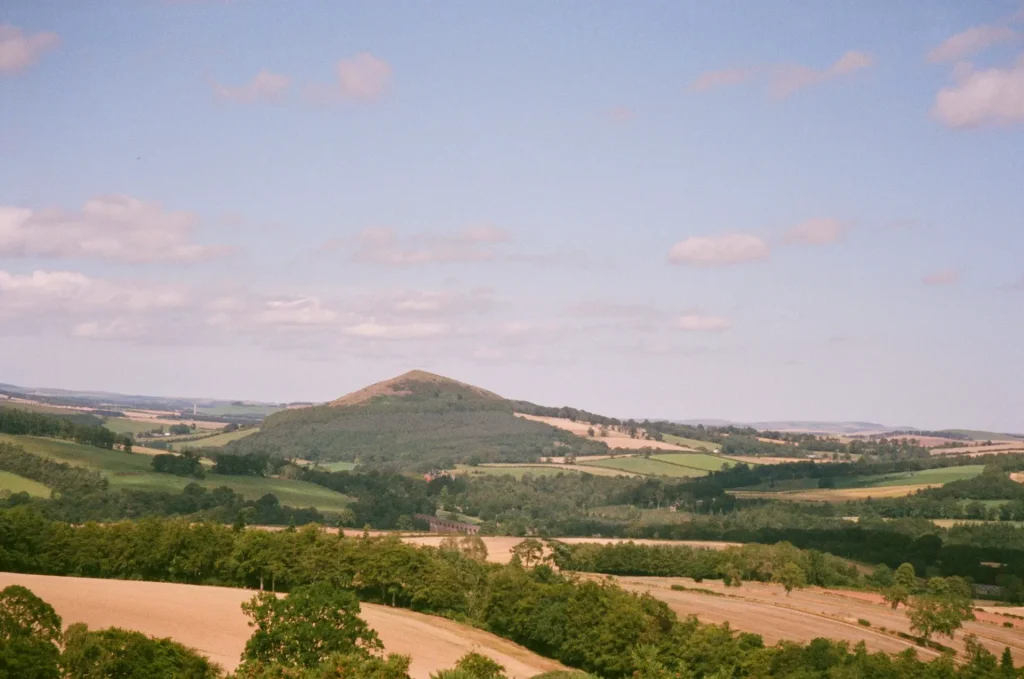
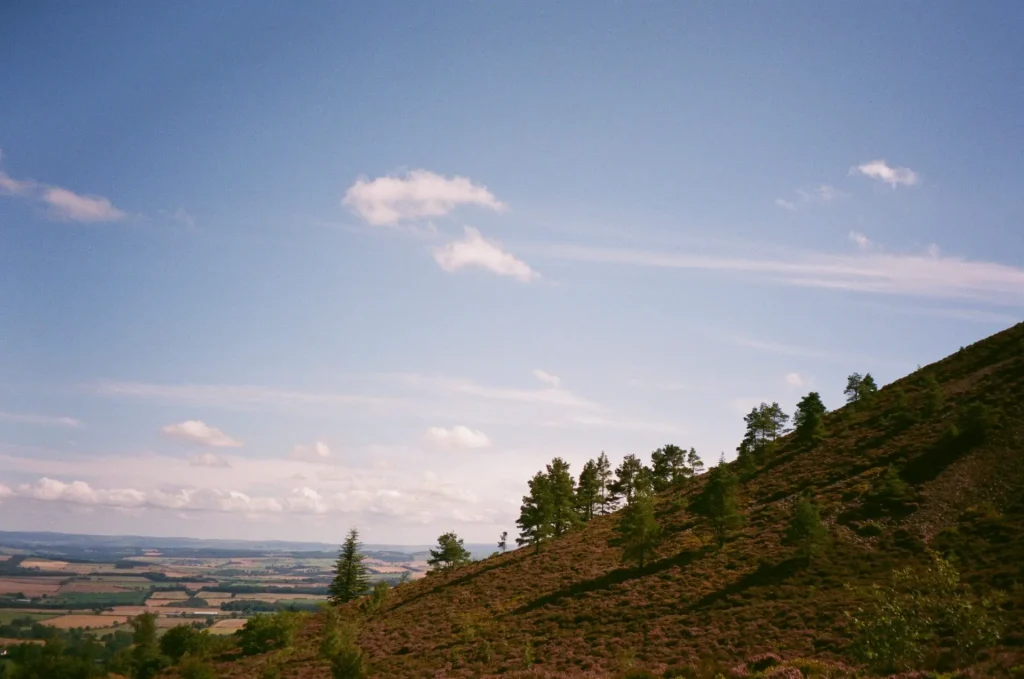
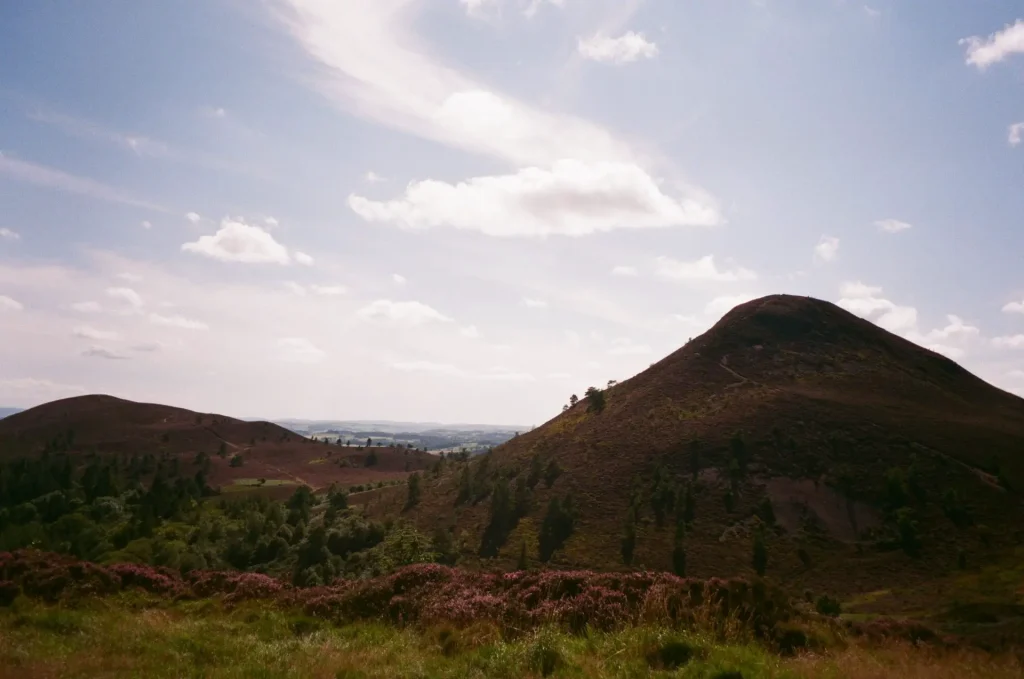
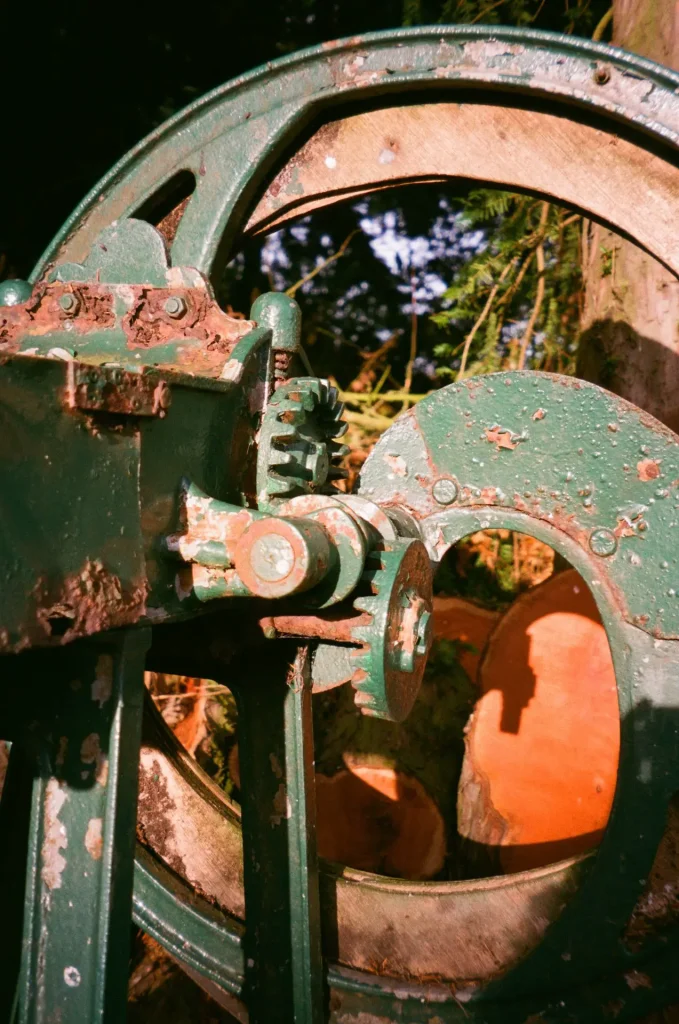

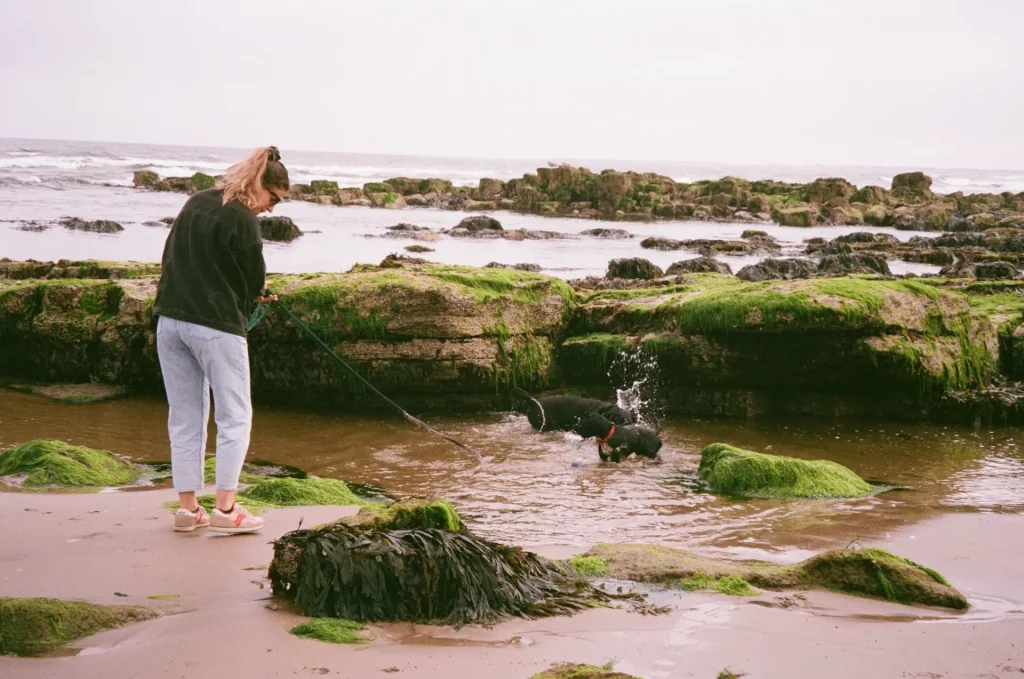
I would love to hear opinions on the Olympus mju-V lens, because my instinct is that it’s pretty good, especially for a zoom. It seems quite sharp, with good contrast. Of course it does vary through its length, and there is some blurring at the corners. I also enjoy the colour profile – I think there’s a certain character or warmth to it, though this of course has a lot to do with the film as well.
There is a part of me that wanted to keep the Olympus mju-V relatively unacknowledged, and maybe pick up another in case this one dies on me. Especially because since last year the price has already crept up. This is a sturdy, premium compact camera with a reasonable lens. It’s weatherproof, and I would hope that being from the early 2000s it might keep going for longer than the 80s and 90s equivalents. And also, I like looking at it and handling it. The fiddly buttons don’t bother me too much as I can easily press them with my fingernail. By no means is this an undiscovered gem in terms of quality, but as a combination of all it’s parts it’s been the perfect partner as I slowly slide into film photography!
I would love to know what people think about it compared to the feted mju-i and mju-ii, and indeed any of the other popular, more expensive compacts.
I’m also open to constructive criticism on the photos. While I like to be relatively ‘uninvolved’ in the technical part of the process, I’m still looking to improve, especially in terms of composition.
Fuji Superia X-tra 400 developed and scanned by filmdev.co.uk – I will definitely by using them again! Kodak Ultramax 400 developed and scanned by Stamford Photo Express that are great to deal with, but too far for me to go just for the sake of getting film developed.
Share this post:
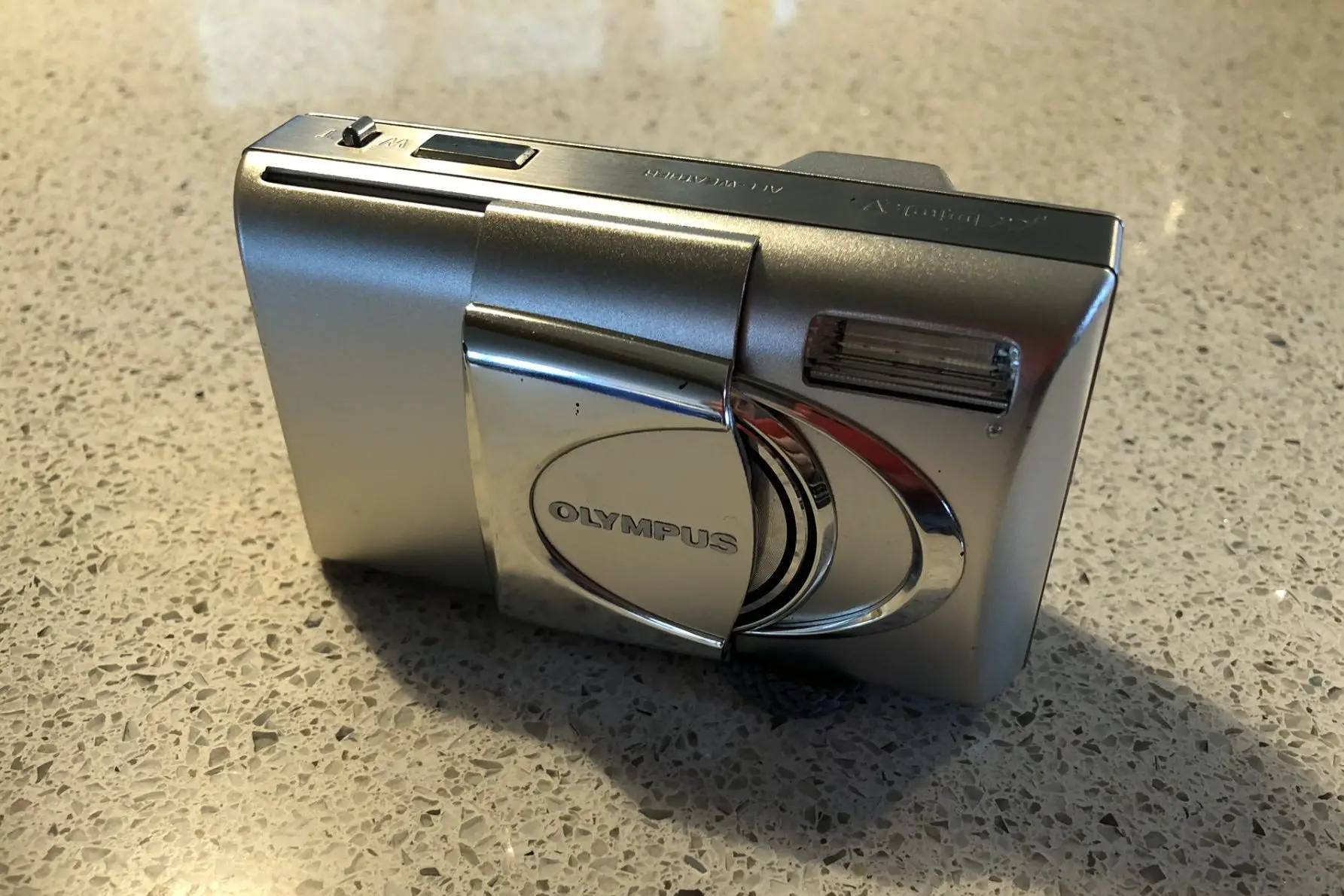








Comments
RoyT on Olympus mju-V Metal Review – Not So Famous Last Words – By Octavia Vans
Comment posted: 09/10/2020
Comment posted: 09/10/2020
Gorpalm on Olympus mju-V Metal Review – Not So Famous Last Words – By Octavia Vans
Comment posted: 09/10/2020
IME with most of these zoom models, stick with the wider end up to the half-way zoom point, and output is fine (most Samsung Vega/Rollei Prego models, amongst others, even tell you on their LCD how much you've zoomed in so you don't have to guess where 60mm etc is) - Your fully zoomed-in photo looks good in the centre, but I've got models where it's All a hot mess at the far end lol, and have to say my own experience with the mju V when zoomed in to the max wasn't as fortunate as yours.
In regards to the (in)famous mju prime models, IMHO the original is perfectly sharp and worth the money (well it was when they were £30-£40). The stratospheric sums asked for the mju II preclude it from serious consideration - I'd say it's *not* worth that kind of money by any means - unless you have an emotional draw to that form factor - hobbies are for pleasure, so yes as you've already pointed out emotions come into play!
Comment posted: 09/10/2020
Kurt Ingham on Olympus mju-V Metal Review – Not So Famous Last Words – By Octavia Vans
Comment posted: 09/10/2020
Comment posted: 09/10/2020
Ed on Olympus mju-V Metal Review – Not So Famous Last Words – By Octavia Vans
Comment posted: 09/10/2020
Comment posted: 09/10/2020
David Hume on Olympus mju-V Metal Review – Not So Famous Last Words – By Octavia Vans
Comment posted: 11/10/2020
Comment posted: 11/10/2020
mark varney on Olympus mju-V Metal Review – Not So Famous Last Words – By Octavia Vans
Comment posted: 26/05/2024